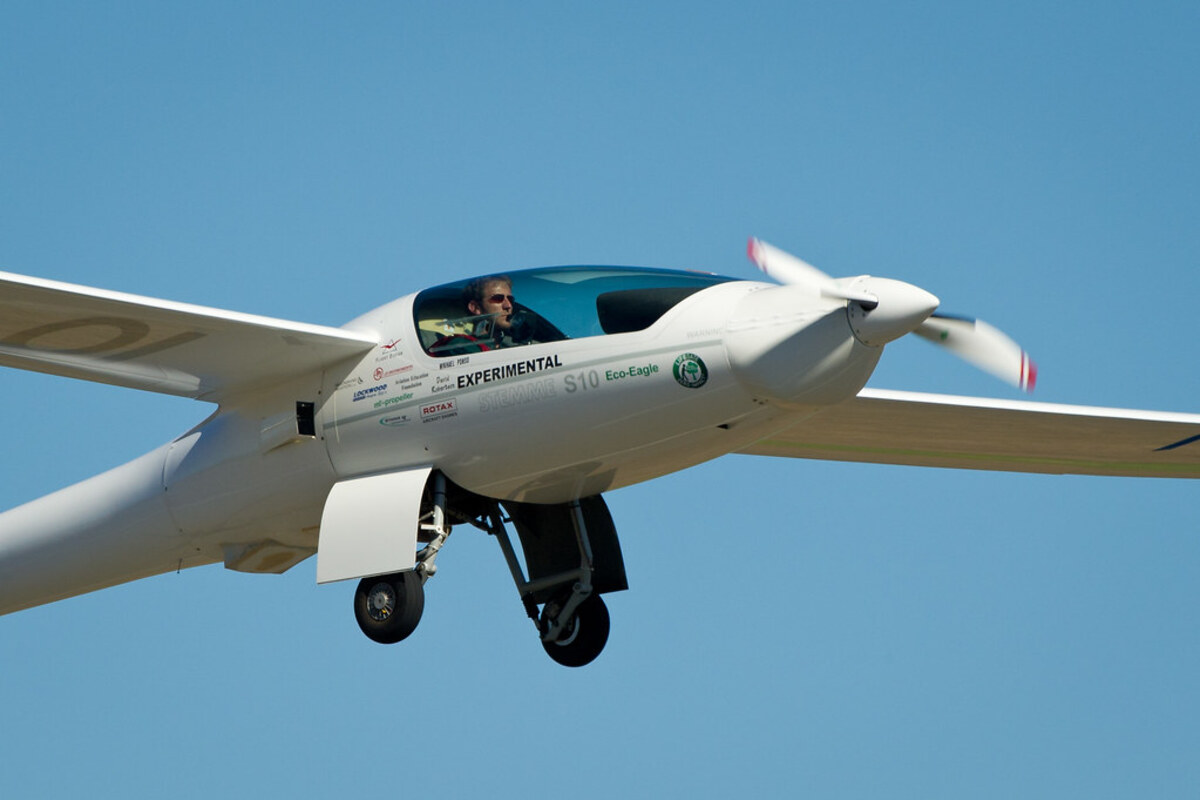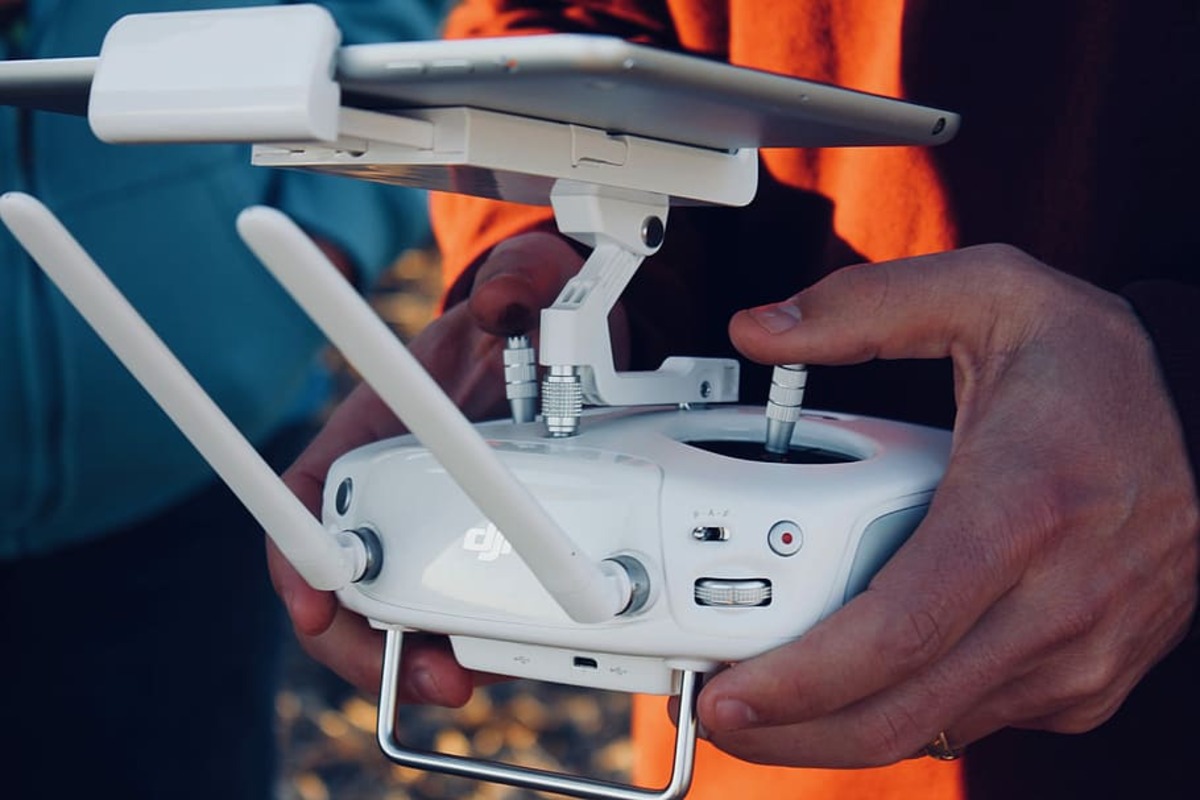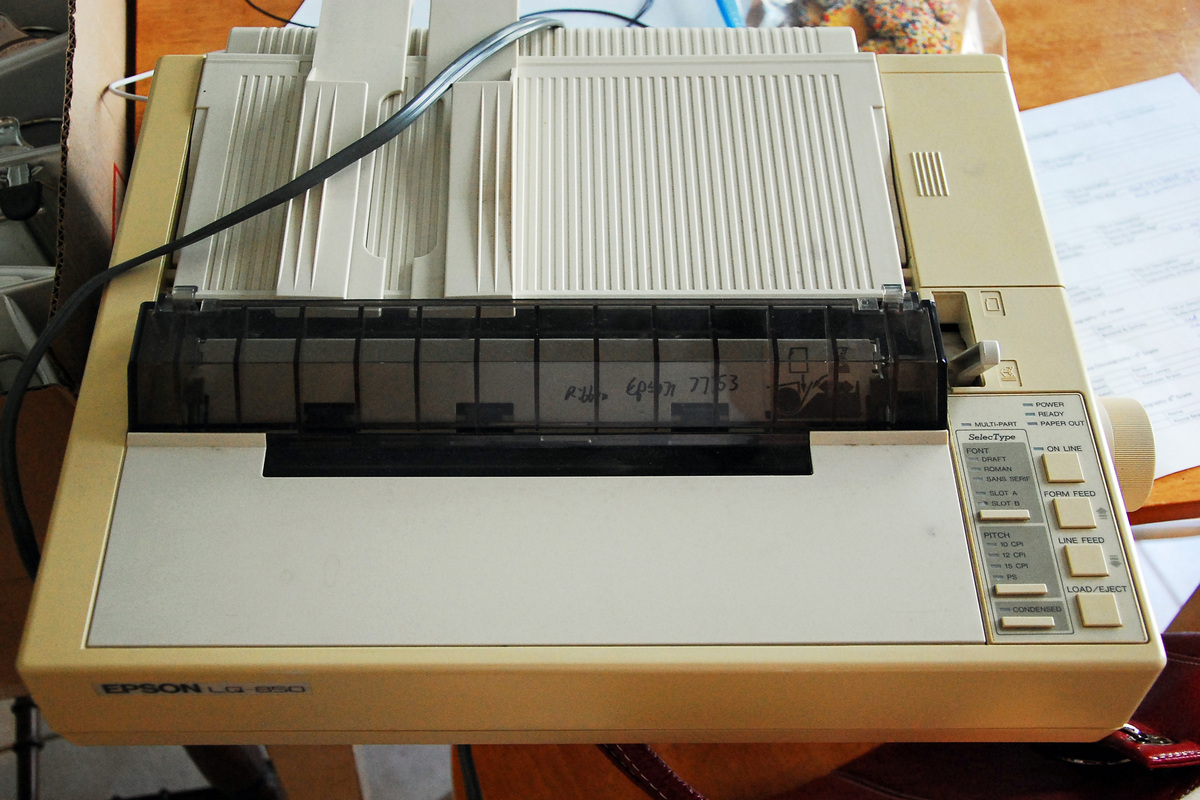
It was the morning of August 19, 1991. I was a young professional pilot. For my first-ever commercial job, I set out for a routine cargo flight from upstate New York to Long Island. I was flying a 20-year-old airplane equipped with technology developed after World War II. At the time, I had access to a new technology called “Direct User Access Terminal Services”. With it, I was able to connect a computer with a dial up modem to a government administered aviation weather computer.
From here, I could print a digital weather briefing spanning a few hours prior to my planned flight. Transmitting data over telephone lines was still difficult at the time, so we got all of our information in code. Pilots were trained to decipher these cryptic codes, which saved us time. The reports provided a comprehensive, if not overwhelming, amount of data for the pilot.
As my flight approached Long Island several hours later, I encountered offshore winds reaching almost one hundred miles per hour. I was in a small cargo plane. When I carefully landed, it was windy and gusty with light rain, exactly as predicted. After arriving back home later in the day I learned that Bob, a category 3 hurricane, had come ashore within hours of my departure. While my printed weather report was accurate and comprehensive, it failed to illustrate the storm rapidly approaching my destination. The information I’d received was already hard to interpret, especially for an inexperienced pilot. A seriously dangerous limitation of the old technology.

Four days later the European Organization for Nuclear Research (CERN) released the World Wide Web. This technological development changed communication and aviation forever.
Today, it is almost inconceivable to fly without access to real time weather reports and air traffic right at the pilot’s fingertips. Tablets display interactive maps in plain English, with information accurate to the hour. Many modern planes have computer graphics with detailed three-dimensional terrain databases. They provide a phenomenal amount of useful information in an easy to read and easy to use format. Frankly, all of it would have been considered science fiction back when I began my career.
The last thirty years have seen profound changes in technology and procedures making flying safer and simpler. It is likely the next thirty years will introduce even more profound developments. We might witness the application of synthetic and bio fuels, hybrid and electric propulsion technologies, and even AI. Automation will create opportunities and change the way we fly.

The push to synthetic and bio fuels is largely for environmental concerns, and also due to the economics of flying. The industry is shifting to reign in the rising cost of aviation fuel, and to create entirely new categories of aircraft that couldn’t have existed before.
Short range “flying cars” or Advanced Air Mobility “AAM” (sometimes called Urban Air Mobility) vehicles require lightweight and reliable electric motors. They navigate via multiple fans that move so quickly they need controlled by redundant high speed computer systems. The complexity of maintaining hover flight is beyond any person’s capability.
Computers, which are capable of making instantaneous flight corrections, are the future. This new kind of flight is incompatible traditional internal combustion engines. Only recently have the necessary high-density batteries and lightweight electric motors been available. Soon you’ll see fully electric vehicles buzzing softly over urban areas at very low altitudes.

AAM vehicles will be capable of operating without a pilot. They will be so light that the addition of a human pilot would add unnecessary weight and reduce their usefulness. That’s not even considering the recruiting, training, and employment costs of AAM pilots. The real difficulty be convincing travelers to get into a pilotless aircraft. At first it’s likely we will see piloted AAM vehicles with simplified controls. Much like a hobbyist’s drone, these aircraft will not allow the pilot to have direct control, but will be for passenger’s peace of mind.
History teaches us that necessity drives innovation. The ongoing pilot and labor shortage will inevitably drive new technologies in automation. Modern commercial jets are increasingly automated and less difficult for pilots to manage. Seventy years ago, a crew of five needed to manage an airliner cockpit, doing what a crew of two can handle today.
Many modern business jets can be safely flown with only a single pilot, trained entirely in a simulator. Some business aircraft are capable of making an emergency landing with an incapacitated pilot with just the push of a button. For now, two pilots still offer a needed safety redundancy when flying large commercial aircraft full of passengers. The next generation of jets, however, will utilize artificial intelligence and remote flight capabilities. This can manage with a single pilot on board and in some cases with no pilot on board. Initially these will lead to cargo only flights or possibly cheaper tickets to gain public acceptance.

We have come a long way from telephone modems, dot matrix printers, and hurricanes being able to sneak up behind us. In the 120 years since the Wright brothers’ flight, safety has dramatically improved and communication technology is the greatest benefactor. One of the biggest challenges facing future of aviation will be getting travelers to trust this new technology. It is responsibility of today’s pilots and engineers to boldly explore this new frontier and prove the technology to be the safe and reliable future of flight.

